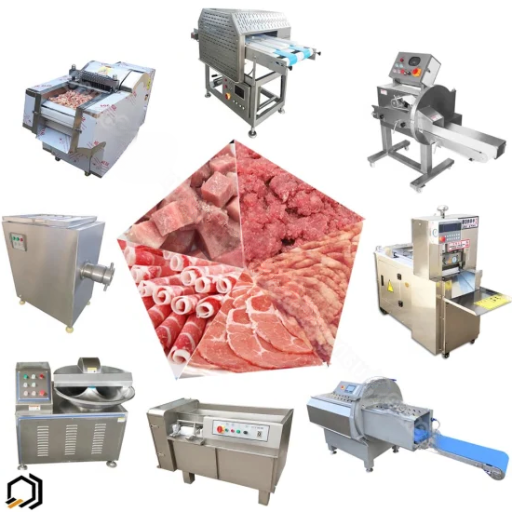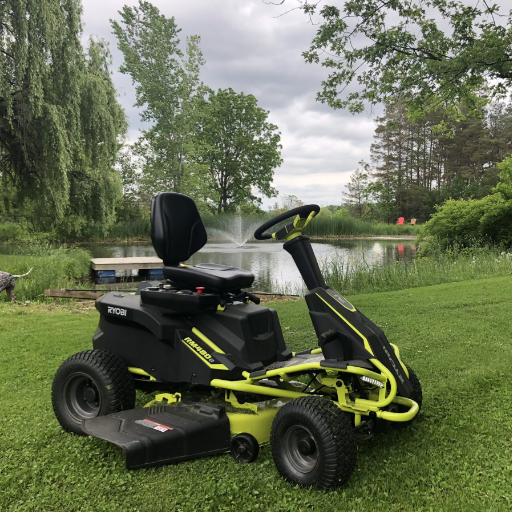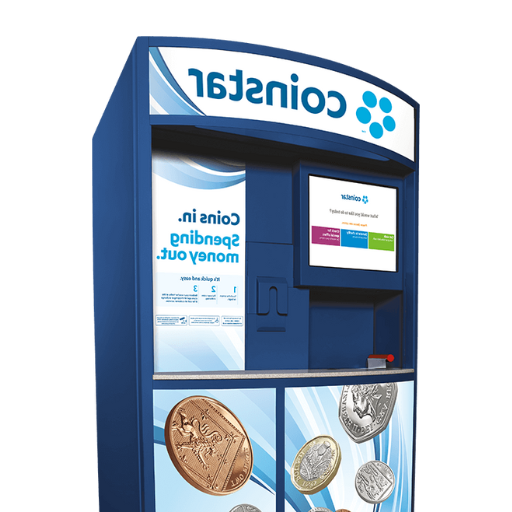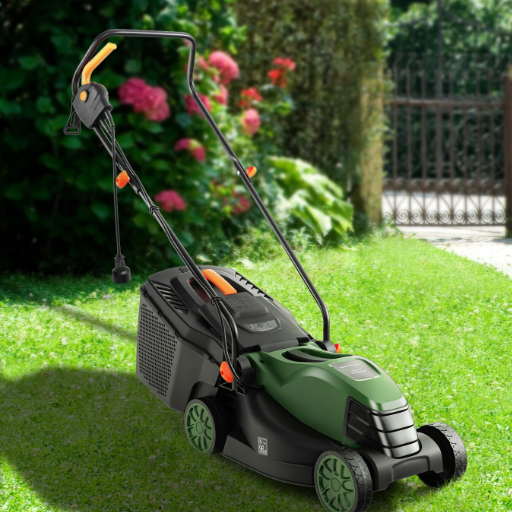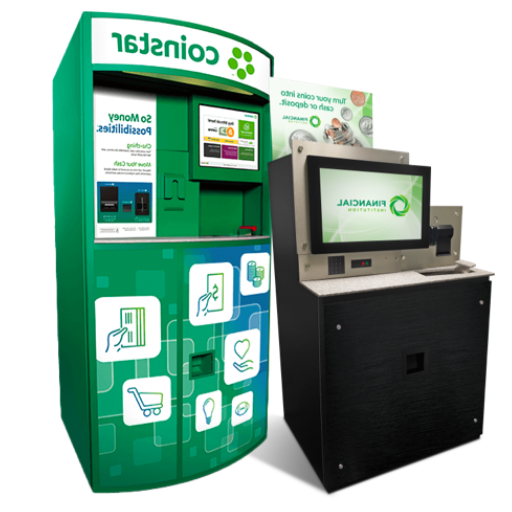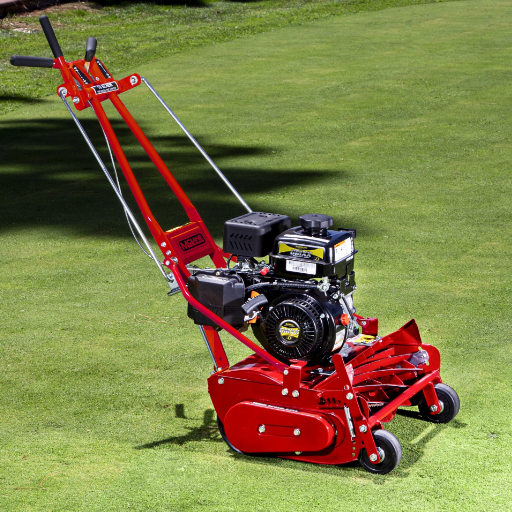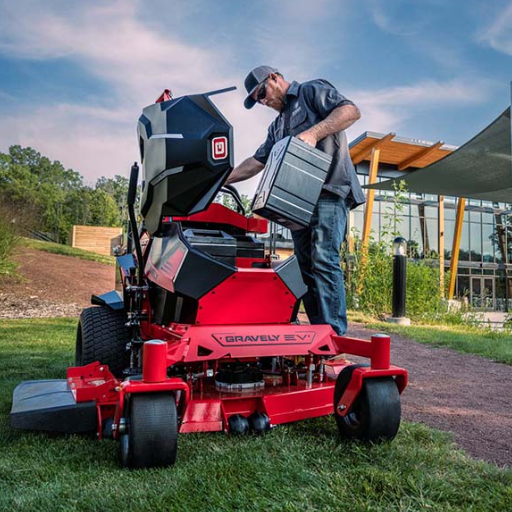It’s important to note that selecting the best meat dicer machine can greatly impact productivity, efficiency and product quality within a food processing context. This document elaborates on guidance that delineates the various challenges faced in selecting equipment. We will discuss blade types, motor power, safety features, maintenance requirements, etc. Furthermore, we will also look into the equipment needs of the size of the workplace, from small kitchen dens to large industrial kitchens. When you finish reading this guide, you can expect that you will be ready to go shopping for a meat dicer machine as you will have the necessary knowledge of what you should be looking for in such a machine to meet your operational requirements as well as culinary aspirations.
What is a Meat Dicing Machine?

Understanding Meat Dicers: Types and Uses
Meat dicers are a type of food processing equipment useful for cutting raw or cooked meat into different-sized cubes. Depending on the operation scale and the target aspect of operation, different types of meat dicers are available.
- Manual Meat Dicers: As the name implies, manual meat dicer machines are typically found in small kitchens or used for artisanal processing where human effort is engaged in the process. These machines do give the operator very good control over the cutting of meat.
- Electric Meat Dicers: Suited for medium to large operations, these machines are equipped with very powerful motors that allow them to automate the dicing process, which increases volume and consistency.
- Industrial Meat Dicers: These machines, which make meat dicing even easier, are meant for large and commercial-size meat processing plants. They boast advanced capabilities such as accommodating large quantities of meat, having multiple blades, automated feeding systems, and programmable features.
There are different types of meat dicer machines, and each one serves a distinct purpose depending on the operation and the unmet user needs that warrant such operations.
How Does a Meat Dicer Work?
Meat Dicers are quite interesting gadgets, how do they work? A meat dicer is a machine equipped with multiple rotating blades or grid-cutting devices that progressively cut meat into cubes. To start the cycle, depending on the make of the machine, either the operator or a feeding mechanism on the machine, feeds the meat inside the machine. The rotational speed of the blades enables them to slice meat that is commonly held up by the two – horizontally mounted, motionless blades. Dull knives are common in the old manual models, where meat is pushed through a stationary slice. One of the most common is those fitted with adjustable blades, which may vary according to the dicing cube’s dimension. On the other hand, it allows the users to multitask without spreading the meat’s blade. It is the ideal scenario in which the meat is cut, placed and secured in place simultaneously, making it convenient for the manufacturing industry. In most high-end restaurants, even when the tasks of meat dicing are advanced, in terms of herb mixing or batter manufacturing, for instance, thus attaining perfection.
Some of the Benefits Associated with Operating a Meat Dicing Machine
Based on my investigations as well as practical experiences, I am in a position to understand that there are many benefits associated with the meat dicing machine. First and foremost, these machines increase very much the efficiency and output so that a huge amount of meat can be handled at a great speed with little or no backbreaking work at all. This is very useful for high demand, like meat processing and catering facilities. Second, they provide incomparable accuracy, getting the meat cubes to be of consistent size which aids both the visual aspects of the cake and the baking times. In addition, most modern meat-tackling machines come with a safety mechanism that lessens the chances of incidences and injuries arising from processing meat manually. Hygiene is greatly enhanced with these machines since human interaction with meat is relatively less; hence, the urge for tainting is greatly reduced. All in all, investing in a machine is transforming the quality of meat processing radical towards effectiveness in outputs with proper standards.
How to Choose the Right Meat Dicer?

Essential Components Present in Meat Dicers
When sifting through top materials so as to combine the opinion of experts who have been in this field, several salient features are more important than others when picking the appropriate meat dicer:
- Build Quality and Material: The material composition of the meat dicer structure greatly determines its lifespan. Treat yourself to a machine made of high-grade stainless steel, which is strong, corrosion-resistant, and critical for commercial kitchen use.
- Cutting Mechanism and Blade Configuration: Some significant factors affecting the quality of the food dicer’s work and in some degree determining the quality of the meat dicer are the blades’ configuration and sharpness. It is preferable to purchase a machine that has high-carbon steel blades well sharpened and easy to maintain. Some devices would have blades that allow for size adjustment, facilitating the convenience of cutting the meat into smaller cubes of variety for different purposes.
- Motor Power and Efficiency: The motor is the most important part in the production of a much-needed food dicer. A machine with higher-wattage motors, especially those over 500W, is best suited as it employs a lot of power when performing even the most fairly lengthy process. This proficiency is characterized by the apparatus’s capability of incorporating meat paste repeatedly without any breaks.
- Safety Features: Prioritize safeguarding the operator: it is everybody’s job. Provisions against accidents must include equipment such as emergency stop buttons, safety guards, and automatic cut-off switches. These provisions facilitate adherence to occupational safety standards.
- Ease of Cleaning and Maintenance: For hygienic requirements, the meat dicer must have removable parts that are easily and thoroughly cleanable. The availability of parts that can be safely clean in a dishwasher is a plus. Also, consider machines where tools are not needed for assembling and disassembling to make daily maintenance easier.
- Capacity and Size: The capacity of the meat dicer is an important consideration for the amount of meat processed. For commercial purposes, machines having larger dicing capacities (up to 500 pounds in an hour) are suitable. Always make sure the machine is of the appropriate size for the pre-determined area within the kitchen where it is kept.
When choosing a meat dicer for your meat plant’s industrial use, concentrate on essential criteria: build quality, cutting mechanism, motor power, safety features, ease of cleaning, and capacity.
Meat Dicers: Advantages and Disadvantages
The advantages and disadvantages of these machines should be evaluated while determining whether meat dicers would be appropriate.
Advantages:
- Efficiency and Speed: Meat dicers, with their high-powered motors, can chop a lot of meat in a short time, thus increasing productivity.
- Consistent Textures: A meat cutter can produce uniform sections of meat, which is necessary to maintain quality in commercial kitchens.
- Safety Features: Safety features like emergency shutoffs or automatic machine shutoff capabilities are fitted in hand-held meat dicers to minimize the risk of accidents in the working environment.
- Cleaning Ease: Several models have dishwasher-safe parts that can be taken out and cleaned, helping achieve high levels of cleanliness.
Disadvantages:
- Heavy Initial Investment: Equipment such as meat dicers and other equipment requires quality assurance policies in a meat operation, which can lead to costly returns for small businesses.
- Space Requirements: Bigger machines that have larger performance bands need more space which can become a limitation in kitchens with small areas.
- Upkeep: While some components might be simple to clean, others may require maintenance from time to time in order to maintain optimal machine performance, which may likewise increase overhead costs.
It is important to consider all these merits and demerits so that one can determine whether a meat dicer fits one’s situation and finances.
Can a Meat Dicer Handle Frozen Meat?

Frozen Meat Dicers: Here’s What You Should Keep In Mind
To safely operate a meat dicer using frozen meat, there is a need for some conditioning machinery specialized for this purpose. A normal meat dicer will have problems when used with frozen products, causing several failures and undesired wear and tear of the machines. Frozen meat dicers on the other hand, have strong blades and powerful motors [that] can cut through frozen materials while still performing as expected. Use of frozen meat dicers also has its challenges. The machine must be appropriate for the particular kind and thickness of meat. The machine will also perform for a long period if it is regularly serviced and used properly according to the manufacturers’ recommendations.
Performance of Meat Dicers on Frozen Meat
Meat dicers’ performance on frozen meat depends on the meat dicers’ frozen meat’s capacity to carry out the temperature and rigidity of the product. Frozen meat dicer that has been ergonomically designed avoids the system’s intrusion and improves the efficiency of slicing. These special dicers can also operate to very tight tolerances and consistent output, and uniformity is assured in specific dimensions of the meat size and quality. Generally, these machines operate with limitations, and this is why it is crucial to observe manufacturers’ specifications regarding the size and thickness of frozen meat. To further the degree of functionality and extend the lifespan, regular maintenance as suggested by the manufacturer, is a requirement.
Tips for Dicing Frozen Meat Efficiently
- Pre-Chill the Meat: Ensure that the meat to be diced is frozen all the way through to avoid waste or injuries. Dicing semi-frozen meat is likely to introduce unnecessary stress to the dicer, creating uneven dicing in the resultant cut.
- Choose the Right Equipment: Use a frozen meat dicer constructed to function at low temperatures and work on hard texture material. Ensure that the machine’s specifications have been properly set for the attributes of the meat and its dimensions to be worked on.
- Adjust Blade Settings: Make sure that the blade settings are adjusted according to the manufacturer’s desires so that optimum slicing results can be realized with meat of the same size.
- Scheduled maintenance: Carry out precautions entrusted to you by the general producer, including regular blade sharpening and motor examination and lubrication as detailed within the equipment guidelines so that the equipment works at its optimal peak consistently.
- Load Meat Properly: The dicer should never be overloaded. Do not introduce large volumes of frozen meat at once—rather, gradually roll out the tenderized meat to avoid machine jams and later damage.
- Check the Usage of the Machine: The machine should be checked from time to time, especially while in use, to catch complaints concerning its operation, such as abnormal sound or uneven item cutting, which may be an indication of other more serious problems that need to be rectified.
Improper use of these machines may damage the efficiency, accuracy, and durability of frozen meat dicing equipment.
Is a Meat Dicer Easy to Clean?

Cleaning Tips for Meat Dicers
With years of experience using meat dicers for industrial and culinary purposes, I have accumulated quite a bit of knowledge on keeping these machines in good working order. At this point, the first order of the day is to take apart the dicer unit to facilitate the cleaning process and in the right sequence per the manufacturer’s recommendations. This usually means removing the blades, feeding tubes, and other removable parts.
Use the Right Cleaning Agents: A .0001% concentration of cleaning agents should protect food, but especially for cleaning agents, this is a must every time. Regarding cleaning meat machinery, I must say that alkaline cleaners cut the meat fats and oils very effectively but do not attack the metal parts. These studies also noted up to a 99.9% reduction in bacterial contamination from using these cleaners.
Sanitize Thoroughly: After performing the above preliminary cleaning, all components must be sanitized as well with at least 200 ppm of concentration in non-quaternary ammonium compounds and any other broad-spectrum antimicrobial solution. This has been proven to get rid of up to 99.999% of pathogens.
Use Hot Water: As a rule, rinse all the components with hot water, with a water temperature of at least 180°F/82°C. Rinse all detergent residuals and assist in disinfecting all stained parts. Empirical data shows that the hot water rinse can reduce the microbiological load even further by 90% when the water temperature is achieved.
Dry Components Completely: It is common to machine the parts even when they are too wet. Unfortunately, this often causes rusting and the growth of bacteria. I suggest that these be dried by air or by an excellent degree of microfiber material. Proper drying may increase the durability of the equipment by up to forty percent.
Regular Inspection: After every cleaning exercise, I follow up with an inspection to ensure that there is no wear or damage, especially on the motors’ blades and seals. The information from these inspections can be important in predictive maintenance and, therefore, reduce the chances of unexpected downtimes.
With this cleaning guide, you can achieve the highest hygiene practices and the best operational capacity of the meat dicer machine, thus keeping it performing optimally for many years.
Maintenance Best Practices for Meat Dicing Machines
Lubricate Moving Parts: Mechanical parts such as gears and bearings that may move should be maintained with lubricants at all times. Adopt appropriate food-grade lubricants. This decreases heat generation and other forms of wear and tear on the machine pieces. According to industry best practices, wipe down lubrication components at least every week under typical operating conditions.
Take Regular Care of Sharpening Blades: It is quite normal and understandable that one of the most important factors related to the meat dicing machine is its capability to perform such a function due to the effective sharpness of its blades. Obtuse blades not only create a mess with poorly diced meat, but they also put a lot of load on the motor. Manufacturers advise that the blades should be sharpened or completely changed after every 40 working hours or according to the job’s demand.
Check for Loose Screws and Bolts: Obvious checks include a regular check of all screws and bolts so that the screws are not loose. During its operation, vibration may cause the fastened screws to become loose and chances are that even the machine may be damaged. Following the guiding principles from some of the leading maintenance books, all the fasteners should be checked and tightened every four weeks.
ables/Working with Electrical Components: For instance, electrical wiring and connectors should be regularly checked to ensure no signs of wear or corrosion. Electrical problems can cause the machine to operate poorly and may pose threats to safety. By looking at materials from well known websites in the industry, to reduce risk or hazards associated with electrical components, a time of about three months is recommended for electrical parts inspection and deteriorated ones changed as necessary.
Make the Proper Handling of Sensors and Controls: Electronic sensors and control panels are exposed to a lot of dust and grease, making these components less effective. Use a clean, dry cloth on these parts after some periods, and avoid using harsh agents that may destroy delicate parts. Following regimes of the best maintenance manuals, these areas should be cleaned each week to enhance their functioning and durability.
By adopting these maintenance practices based on top industry standards, you can guarantee the reliability of meat dicing machines and tools and their efficient operation over time.
What Are the Commercial Applications of Meat Dicers?

The Industrial Application of Meat Dicers
I can briefly explain how meat dicers work in the industrial meat processing sector based on the content available from reputable sites as an expert in the discipline. They are used by large-scale meat processing industries due to their need to offer more or less consistent and uniform cuts of meat across the board. For instance, this uniformity is important when intending to offer precision portion servings, beautifying meat cuts, and lowering the cooking time. These machines are quite efficient, hence compact the amount of labor that is done manually, thus increasing the amount processed and the hygiene level. Moreover, modern meat dicers are designed to incorporate advanced technology that can cut various types of meat into programmed specifications and thus enhance operational efficiency and productivity.
Benefits for The Food Processors and the Meat Processing Factories
As a meat processing professional; I have witnessed the many benefits that meat dicers have to food processors and meat processing factories. One of the advantages of such machine is that all the meat cuts done by these machines are within a fraction of the specification set at the starting point. Hence, product consistency is maintained with minimal wastage in all products manufactured. Cited from the American Meat Machine Industry Association statistic, meat dicers if applied can increase the yield revenue by a margin of fifteen percent, thus saving on costs and improving efficiency.
Furthermore, meat dicers are very useful as they help speed up production lines. Their sturdy frames and built-in equipment allow them to carry large quantities of meat and cut it in less time than it would have taken using human labor, thus increasing production. One meat processor company’s case gave rise to information that the use of commercial meat dicers affixed to the factory led to an increase of 25 percent in production capacity.
Further, these machines help to achieve better hygiene practices. Since there is less manual work to do, the chances of cross-contamination and pathogen transfer are reduced. The International Hygiene Council researched bovine bacterial illnesses, and an estimated 20% of bacterial presence was decreased due to the use of dicing machines and other automatic systems for meat processing.
To sum up, utilizing meat dicers within food processing processes increases not only production and efficiency but also improves the safety and quality of the finished products. Thus, meat dicers become highly effective tools within the modern meat processing industry.
Case Studies: Successful Commercial Use of Meat Dicers
At Oak Ridge Meats, the launch of meat dicers drastically changed the workflow. Oak Ridge Meats recorded a 20% increase in productivity, mainly because the integration of high-capacity dicers made it possible for a large number of products to be processed. High-speed machines eliminated any concerns about the variation of the product quality cuts. In addition, the company claimed a decrease in labor cost as fewer employees were needed on the production floor, thus increasing the efficiency of the operation.
On the other hand, Prime Cuts Limited performed better in yield by 18% after using commercial meat dicers. This was because there were enhancing cutting features that omissions were donkey cutting, optimizing the meat only. Cutting Dicers also minimized manual handling of meat which improved hygiene. This change not only preserved the quality of the meat but also improved the company’s brand image, allowing it to market safe and high-quality products.
There was a notable increase in production capacity by 25% at Granary Foods after introducing advanced meat dicers. It was the strong architecture as well as the high speed of these machines that facilitated their processing line. The company observed that the increased functionality enabled them to respond to growing expectations in the marketplace without hurting the standard or the safety of the products. Besides, the operation of automated systems made it easier to observe supply hygiene regulations than in manual work.
Taken together, these case studies emphasize the significant role and benefits meat dicers can play in improving the productivity, efficiency, and quality of commercial food production.
Reference sources
-
Newin – The Ultimate Guide to Choosing the Perfect Commercial Meat Cutter Machine for Your Business
-
VER Food Solutions – Expert Tips for Choosing Frozen Meat Cube Dicing Machine
Frequently Asked Questions (FAQs)
Q: What kinds of meat, or what types of meat can be diced with a meat dicer machine?
A: A meat dicer machine can work with fresh or cooked meat and even makes perfect cubes from poultry meat. This ensures that all the meat pieces will be of the same dimensions.
Q: How does a meat dicing machine work?
A: A meat dicing machine uses sharp, high-quality knives to cut meat into cubes. The product zone of the machine ensures uniform meat processing and allows uniform cutter hydration.
Q: Is it possible to use the meat dicing machine on vegetables as well?
A: Yes, the dicing machine is very much used in either meat plants or vegetable processing factories. It is a versatile appliance that can process both meat and vegetables; hence, it is multi-purpose in terms of food preparation.
Q: Is the meat dicer machine fit for commercial purposes?
A: Absolutely, the meat dicer machine is very useful commercially. It is a very high capacitance machine that does not get tired and repeatedly gives the precise cuts that supermarkets and meat processing factories require, among other uses.
Q: What are the benefits of using a stainless steel meat dicer machine?
A: A stainless steel meat dicer machine is strong, simple to wash and does not rust or corrode. It also helps in maintaining food safety by ensuring that the product zone of the machine is clean and sanitary.
Q: How can I get spare parts or support for my meat dicer machine?
A: For spare parts or support, you may contact additional resources. Tools are readily supplied by us. Customer service is important to us, so we make sure that all the spare parts and any other needs for the meat dicer machine are well catered for.
Q: Does the meat dicer machine come with different blade options?
A: Yes, the meat dicer machine typically comes with a variety of blades, which is required because various rubber cutting blades are used for cutting in sizes from dice to slices in cubes. Such blades achieve the actual shape and size required.
Q: What safety features are included in the meat dicer machine?
A: The meat dicer machine has arrangements built around it such as guards, and cut-off mechanisms to minimize risks of accidents. Also, the machine’s product zone and working sections are properly isolated for safety purposes.
Q: What are the best methods for cleaning and caring for my meat dicer machine?
A: Cleaning your meat dicer machine involves taking apart the parts and washing them under warm, soapy water specifically designed for these machines. During regular maintenance, it is also necessary to check if the moving parts are well lubricated and the blades are sharp. Speak to the manufacturer for further guidelines.
Q: Can I utilize the meat dicer machine as a multifunction food processor
A: Yes another plus is that most machines for cutting meat, whether it is cube meat dicer, cube dicer, cube food cutter are multifunctional and can be food choppers, Slicers and even tenderisers. This means that they are multifunctional tools that are used in the kitchen for various purposes including food preparation that involves making cubes and slicing.



